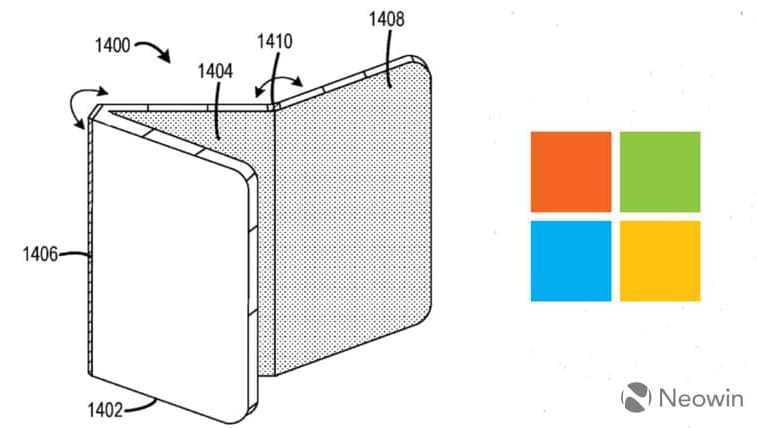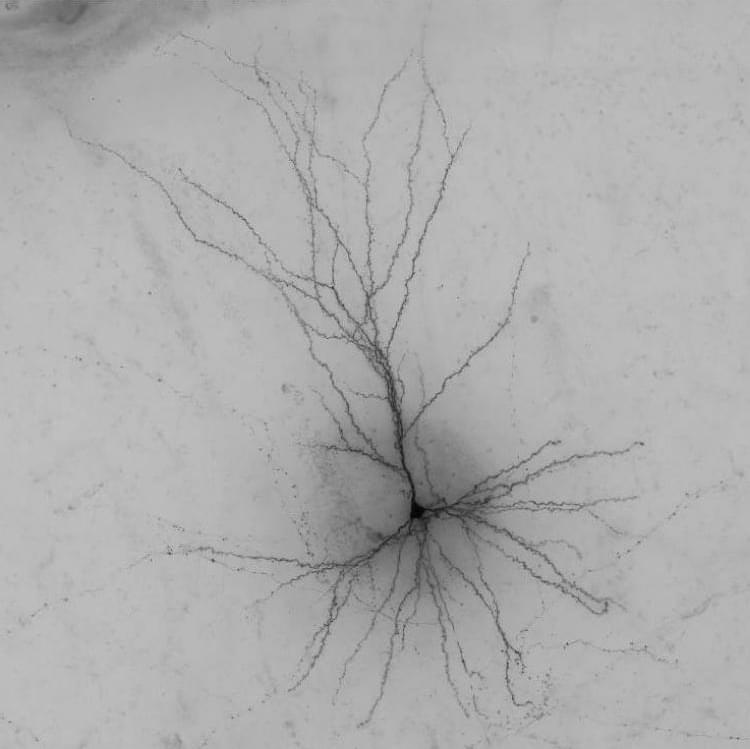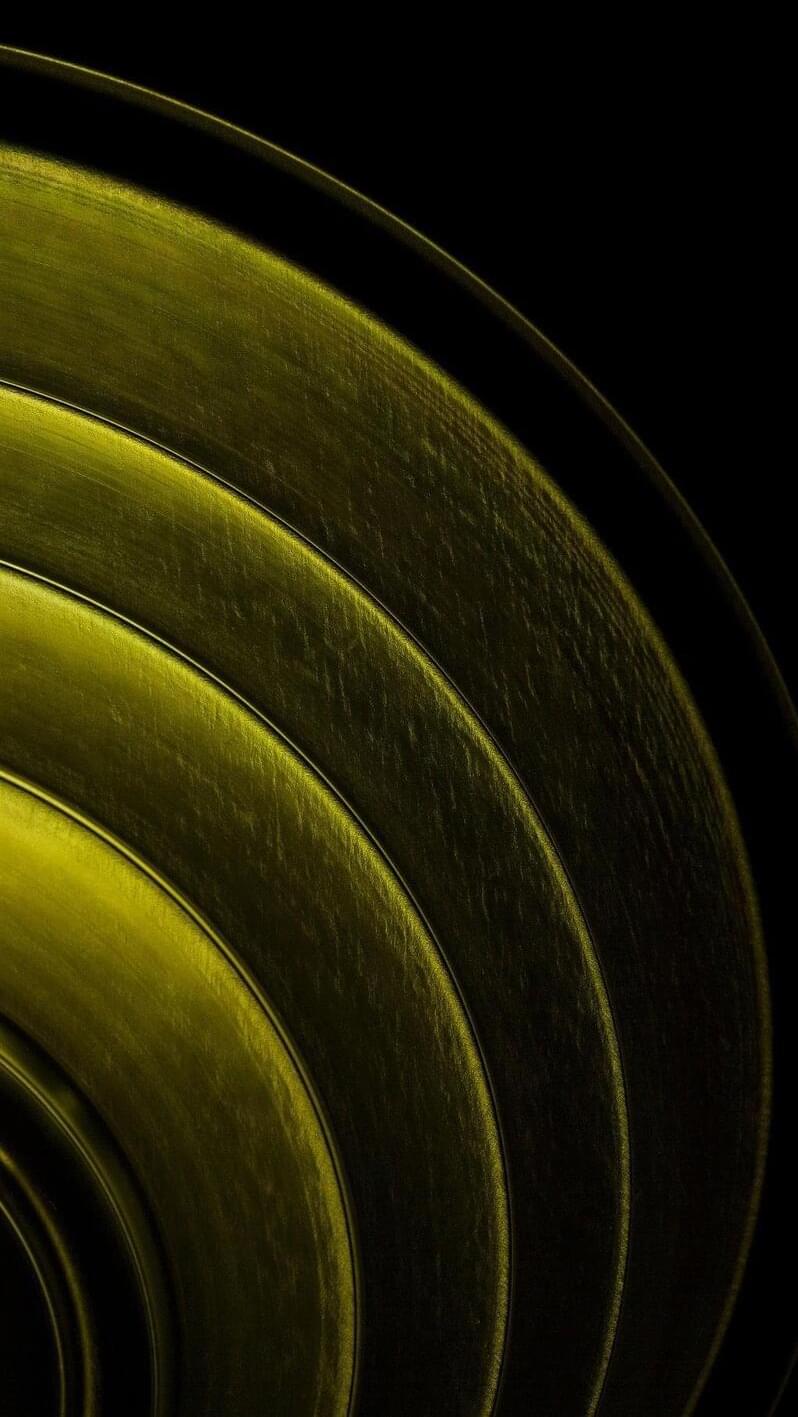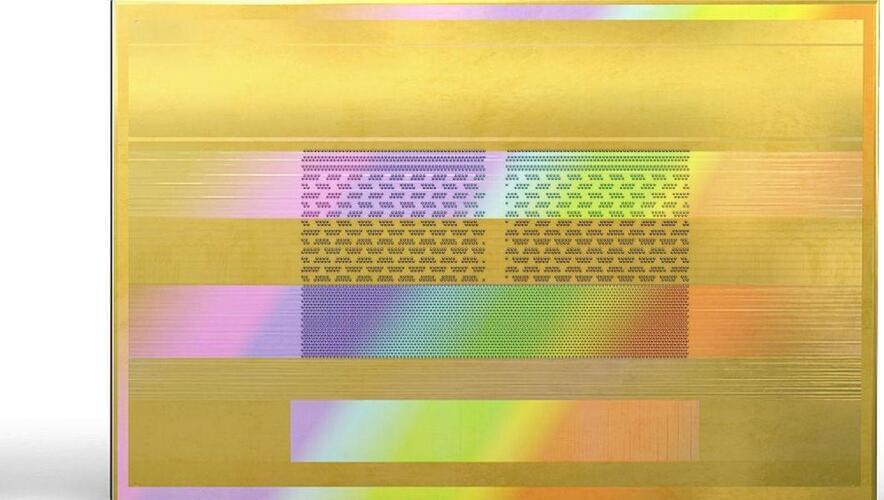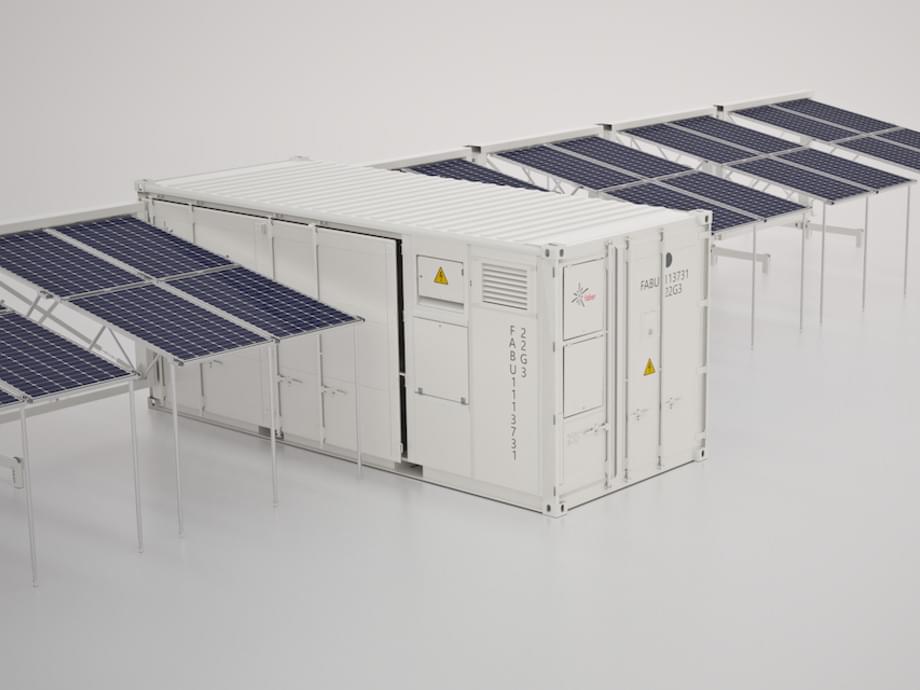Toyota’s cleaning robot has demonstrated new skills, revealing an ability to detect clear objects and snap perfect selfies.
The challenge: While seeing a reflection in a toaster isn’t going to stop us from knowing that it’s a toaster, robots can be easily confused by reflections, as well as transparent objects, such as glasses and windows.
Our houses are full of those tricky objects, so training robots to see them for what they are is key to bringing domestic bots into our homes.
Toyota’s cleaning robot: To ensure Toyota’s cleaning robot wouldn’t be fooled by its own reflection, they developed a training method that helps it “perceive the 3D geometry of the scene while also detecting objects and surfaces,” according to a blog post.

